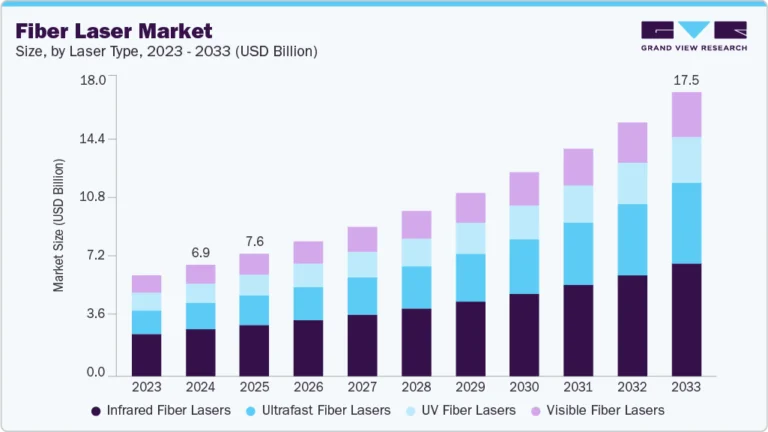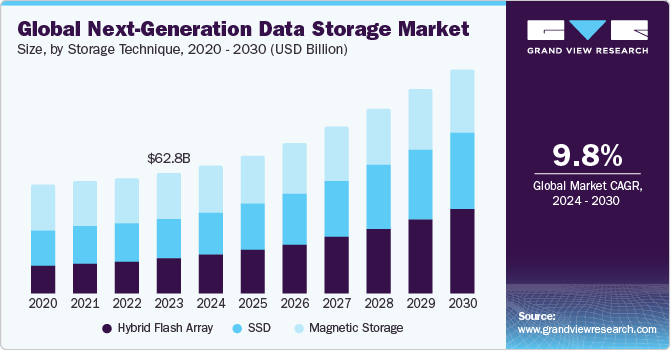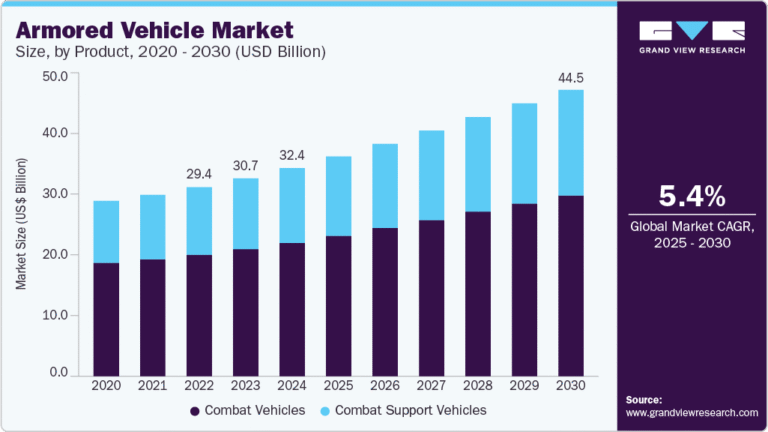Industrial Communication Market Size, Share & Trends Analysis grow at a CAGR of 5.8% from 2024 to 2030

The global industrial communication market size was estimated at USD 21.15 billion in 2023 and is expected to grow at a CAGR of 5.8% from 2024 to 2030.The growing integration of the Industrial Internet of Things (IIoT) is one of the most significant trends driving the market. IIoT enables seamless connectivity among machines, sensors, and control systems, facilitating real-time data analysis and decision-making. By leveraging IIoT, manufacturers can monitor equipment performance, reduce downtime through predictive maintenance, and enhance overall operational efficiency. The increasing use of smart sensors, combined with cloud computing and big data analytics, further accelerates the adoption of automation solutions across various industries, from manufacturing to energy and power.
Request a free sample copy or view report summary: https://www.grandviewresearch.com/industry-analysis/industrial-communication-market-report/request/rs1
Another major trend shaping the industrial communication industry is the shift toward Industry 4.0. This next-generation industrial revolution focuses on creating smart factories where machines communicate autonomously, and operations are highly optimized. Industry 4.0 technologies, including robotics, artificial intelligence (AI), and machine learning, are transforming industries’ operations. Companies increasingly invest in automation to streamline production processes, reduce human error, and increase flexibility in responding to market demands. The rising adoption of AI-powered robots for complex tasks drives the push toward more automated and intelligent manufacturing systems.
Cybersecurity is another crucial driver in the industrial communication market, as the increasing connectivity of devices and systems exposes industries to cyber threats. As a result, there is a growing focus on integrating advanced security protocols to protect sensitive data and ensure uninterrupted industrial operations. Companies increasingly invest in secure communication frameworks and implement technologies such as blockchain and encryption to safeguard critical infrastructure against malicious attacks and vulnerabilities.
The industrial communication market also benefits from advancements in edge computing and cloud integration. Edge computing reduces the latency involved in data processing by bringing computation closer to the source, allowing for faster decision-making and real-time analytics in industrial settings. This trend is complemented by integrating cloud-based solutions, which provide scalable storage and processing capabilities and facilitate remote access to critical data. Together, edge and cloud technologies enable more flexible and efficient industrial operations, further driving the adoption of advanced communication networks.
A key trend shaping the industrial communication market is the shift toward wireless technologies, including 5G networks. While wired communication has traditionally dominated the sector due to its reliability, wireless technologies are gaining traction, offering flexibility in system architecture, lower installation costs, and enhanced scalability. The rollout of 5G networks is particularly significant, as it enables ultra-reliable, low-latency communication (URLLC) necessary for critical industrial applications such as remote monitoring, autonomous systems, and real-time process control.
Offering Insights
Based on offering, the components segment led the market, accounting for 45.5% of the global revenue in 2023. The rising demand for advanced hardware such as sensors, switches, gateways, and controllers drives significant growth as industries increasingly automate their operations. These components are the backbone of industrial communication systems, enabling real-time data exchange between machines and systems. More reliable and high-performance hardware is critical as industries adopt technologies such as IIoT and smart manufacturing. Additionally, advancements in edge computing and wireless communication technologies are pushing manufacturers to upgrade their existing systems with modern components that offer improved speed, connectivity, and durability, ensuring uninterrupted operations in harsh industrial environments.
The services segment is expected to register significant growth from 2024 to 2030. The services segment within the industrial communication market is driven by the increasing need for specialized support in managing complex communication networks. As industries embrace advanced technologies such as IoT, automation, and cloud integration, the demand for consulting, system integration, and maintenance services has grown. Companies require expert guidance to implement these technologies effectively, ensuring optimal performance and minimal downtime. Furthermore, the rise of predictive maintenance, powered by AI and machine learning, has led to a growing reliance on managed services that monitor and analyze network performance in real-time.






